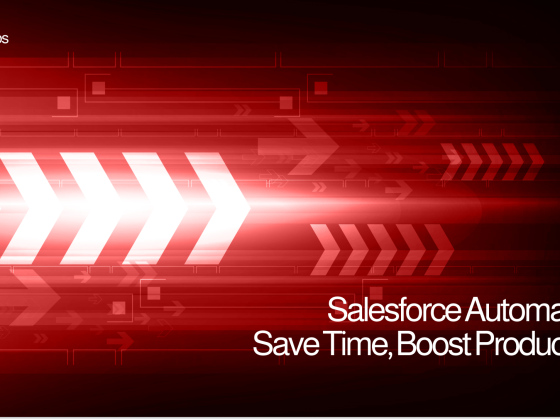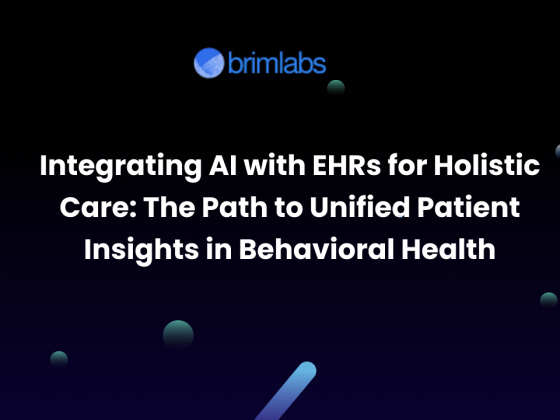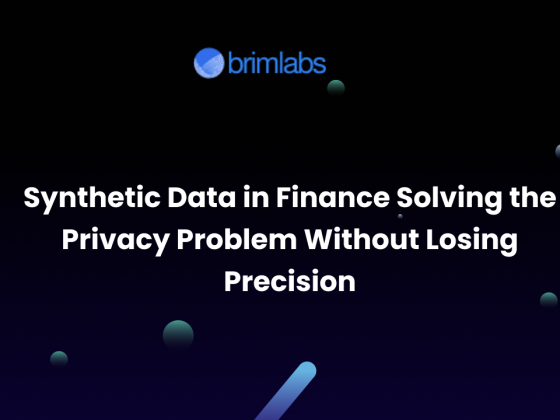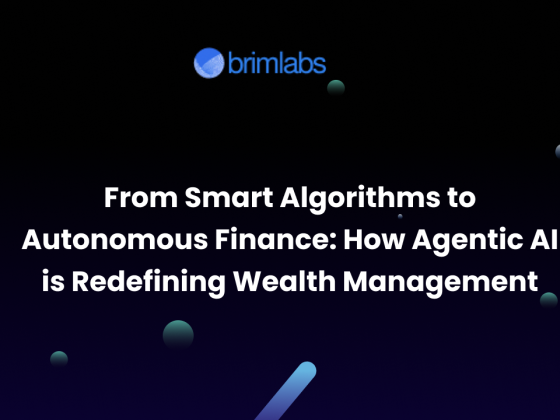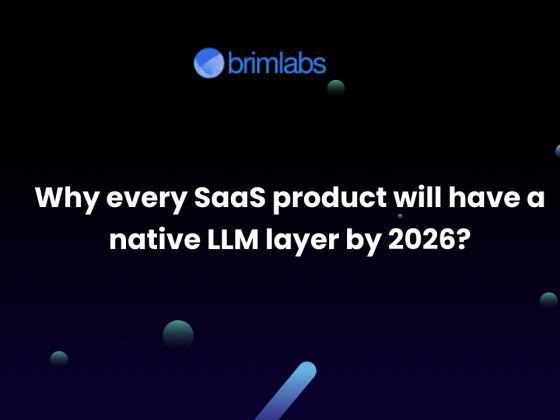Artificial Intelligence and Machine Learning have revolutionized industries by automating decision-making, enhancing productivity, and enabling sophisticated data analysis. Traditional supervised learning, where models are trained on labeled datasets, has been the cornerstone of AI development. However, obtaining labeled data is expensive, time-consuming, and often impractical for large-scale applications.
Self-Supervised Learning (SSL) is an advanced approach that allows AI models to learn from raw, unlabeled data. This technique is transforming how AI understands images, text, and other forms of data without requiring human-annotated labels. In this blog, we will explore how self-supervised learning works, its benefits, applications, and future implications.
What is Self-Supervised Learning?
Self-Supervised Learning is a subset of unsupervised learning where the model generates its own supervisory signals from raw data. Unlike supervised learning, which relies on external labels, SSL leverages patterns, structures, and relationships within the data to create pseudo-labels. This approach enables AI models to understand and process complex information without manual intervention.
How Does Self-Supervised Learning Work?
SSL operates through a two-step process:
- Pretext Task (Pre-training Phase): The AI model is trained on an auxiliary task, such as predicting missing parts of an image, filling in missing words in a sentence, or distinguishing between augmented versions of the same input. This helps the model learn meaningful representations from the data.
- Downstream Task (Fine-tuning Phase): The learned representations from the pretext task are transferred to a target task, such as image classification, object detection, or sentiment analysis. Fine-tuning on a smaller labeled dataset improves the model’s performance in real-world applications.
Advantages of Self-Supervised Learning
Self-Supervised Learning offers several advantages that make it a compelling alternative to traditional supervised learning:
1. Eliminates the Need for Labeled Data: Labeling data is a labor-intensive and costly process, especially in specialized fields like healthcare, where expert annotations are required. SSL reduces dependence on labeled data, making AI development more scalable and cost-effective.
2. Improved Generalization: Since SSL models learn from raw data, they capture richer feature representations that generalize well across different tasks. This results in more robust AI models that perform better in real-world scenarios.
3. Better Performance on Small Datasets: Supervised models require large labeled datasets to achieve high accuracy. SSL pre-trains models on vast amounts of unlabeled data, allowing them to excel even when labeled datasets are limited.
4. Enhanced Transfer Learning: Self-supervised models can be fine-tuned for various applications with minimal labeled data. This makes them highly adaptable and reusable across different domains and industries.
Applications of Self-Supervised Learning
Self-Supervised Learning is making a significant impact across multiple domains, including:
1. Computer Vision
- Image Recognition: SSL techniques like contrastive learning (such as SimCLR, MoCo) enable AI models to understand and classify images without labels.
- Object Detection: Models can detect and segment objects by learning from raw image data.
- Medical Imaging: Self-supervised models assist in diagnosing diseases from X-rays, MRIs, and CT scans, reducing the need for labeled medical data.
2. Natural Language Processing (NLP)
- Language Models: AI models like BERT and GPT leverage self-supervised learning to understand sentence structures and semantics.
- Text Summarization: SSL-powered models extract key information from large documents without human annotations.
- Machine Translation: Pre-trained self-supervised models enable multilingual translation without extensive labeled datasets.
3. Speech and Audio Processing
- Speech Recognition: SSL enhances automatic speech recognition (ASR) by learning from large-scale unlabeled audio recordings.
- Voice Cloning: AI can mimic voices more efficiently using self-supervised techniques.
- Music Generation: SSL models understand musical patterns and generate compositions without human-labeled data.
4. Autonomous Systems
- Self-Driving Cars: SSL helps autonomous vehicles learn from raw sensor data, improving perception and navigation.
- Robotics: Robots can self-train by exploring their environment and understanding object interactions.
- Surveillance: SSL aids in recognizing activities and detecting anomalies in security footage.
Popular Self-Supervised Learning Techniques
Several SSL techniques have been developed to improve AI learning efficiency. Some notable methods include:
1. Contrastive Learning
This technique learns by distinguishing similar and dissimilar pairs of data points. Examples include:
- SimCLR (Simple Contrastive Learning of Representations)
- MoCo (Momentum Contrast)
- BYOL (Bootstrap Your Own Latent)
2. Generative Pretraining
Used in NLP, this method involves predicting missing words or next tokens in a sentence. Examples include:
- BERT (Bidirectional Encoder Representations from Transformers)
- GPT (Generative Pre-trained Transformer)
3. Autoencoders
Autoencoders learn to encode data into a compact representation and reconstruct the original input. Variants include:
- Variational Autoencoders (VAEs)
- Denoising Autoencoders (DAEs)
Challenges and Future of Self-Supervised Learning
While SSL has shown remarkable progress, it also faces some challenges:
1. Computational Costs: SSL requires significant computational resources, making it expensive for small enterprises.
2. Task-Specific Fine-Tuning: Although SSL models learn general representations, they still require fine-tuning for specific applications.
3. Lack of Standardization: SSL is a rapidly evolving field, and there is no single framework that fits all tasks, requiring continuous research and adaptation.
Future Prospects: The future of SSL is promising, with ongoing advancements such as:
- Better Pre-training Architectures: More efficient models that require fewer computational resources.
- Cross-Domain Learning: Applying SSL across different types of data, such as combining vision, text, and audio.
- Human-AI Collaboration: Enhancing AI’s understanding by integrating self-supervised learning with human expertise.
Conclusion
Self-Supervised Learning is redefining how AI models learn from data, making them more efficient, scalable, and adaptable. By eliminating the need for labeled data, SSL paves the way for advancements in AI applications across industries, from healthcare to robotics. As research continues, self-supervised learning will play a crucial role in shaping the future of artificial intelligence.
Are you interested in implementing self-supervised learning for your business? Contact Brim Labs to explore AI-driven solutions that leverage SSL for smarter, data-efficient automation.


